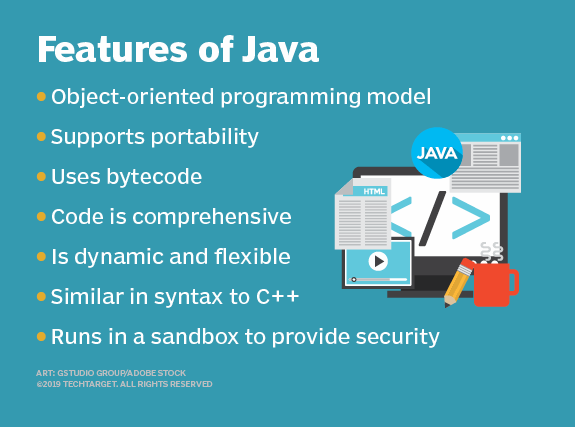Java and AI: Platform evolution or ecosystem extinction?
One of the Java platform’s enduring strengths has always been its ecosystem.
Since the early days of the JVM, the classpath has served as an unsung hero, enabling seamless integration of libraries that extend Java’s capabilities in every direction. If a developer needs something, odds are high that someone has already built it—and built it well.
This extensibility, coupled with open-source licensing and a massive developer base, means Java offers not just solutions, but options. Hibernate or jOOQ? JDBC or Spring Data? (Or JDBC via Spring Data?) The best tool is often just a Maven dependency away.
Even when Java lagged in language evolution (think of Java 8’s long tenure), it still outperformed newer competitors such as Go and Rust in many enterprise contexts. The ecosystem simply made Java work.
The AI era and “vibe coding”
But we live in a different era now. The rise of AI services including ChatGPT, Claude and Ollama has fundamentally changed how code is written.
Enter vibe coding, the practice of describing what you want in natural language and letting the AI generate the code for you. AI is no longer a helper; it becomes the primary implementer. You, the developer or organization, focuses on outcomes and it fills in the technical blanks.
Critics dismiss vibe coding, and often with good reason. It’s dangerously easy to produce something that looks correct but actually is riddled with subtle bugs, outdated dependencies or misunderstood requirements. Nevertheless, when the developer knows how to define the problem clearly and stays actively engaged with the results, vibe coding can be a powerful tool for rapid prototyping or deployment.
Does the Java ecosystem still matter?
So here’s the question: If AI can write workable code in any language, does Java’s ecosystem still matter?
With AI’s broad training base, you can just as easily ask it to build a persistence layer in Go, Python or Rust. Even if a language lacks a rich ecosystem or a solution for the problem you’re facing, the AI can help you find or create one. The constraints that once steered developers toward Java are weaker now than they were.
But that’s only part of the picture.
AI is not always up to date
First, AI tools are (nearly) always out of date.
Most AI models don’t know about the latest versions of frameworks including Spring Boot or Jakarta EE. They’ll offer working solutions, but often use deprecated libraries, outdated idioms or insecure defaults. That’s a problem when dealing with technologies such as Spring Security that evolve significantly — you want state-of-the-art.
That’s not a deal-breaker, but it is a burden especially in industries that require security audits and regulatory compliance.
A developer must actively vet and adapt what’s produced, even if the AI model is up to date and generates good code. Awareness is everything.
Bad inputs lead to bad outputs
Most developers aren’t great at writing precise, complete requirements.
AI agents not only inherit this weakness, they amplify it. You get bad code not because the AI is flawed, but because the inputs are flawed. The result is a false sense of productivity: code that compiles, maybe even runs, but isn’t right. AI can lead you down a rabbit hole of an almost-working solution, and end up wasting more time than it saves.

Java libraries and frameworks
This is where Java’s ecosystem still shines. Its tools and libraries are not only robust but also battle-tested. When an AI agent writes Java code, it often draws from proven patterns. That’s not always true for newer or more niche languages. Watching an AI attempt to generate good Rust code is amusing, for example, and Rust is hardly niche.
In that sense, the AI doesn’t flatten the field, it further elevates Java’s ecosystem. It enables more people to access it faster and with fewer barriers, while still relying on the deep knowledge embedded in the platform.
The Java platform still matters
So yes, ecosystem still matters. Perhaps more than ever.
AI can scaffold solutions, but it can’t evaluate requirements, enforce standards, or validate correctness. That’s still up to the programmer. And Java, with its mature ecosystem and institutional wisdom, remains one of the best places for developers to turn even AI-generated code into real-world applications that work.
Joseph B. Ottinger has held senior roles in software engineering and project management. He’s written countless articles and multiple books on various languages, architectures and implementations, including Hibernate and Spring.



